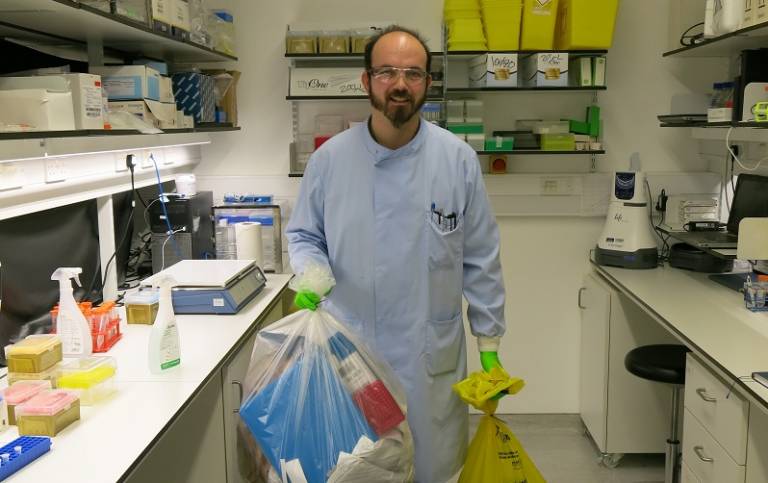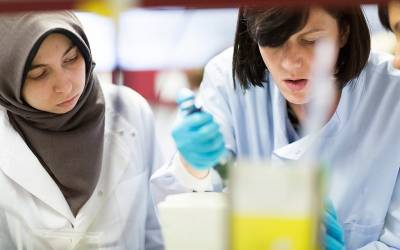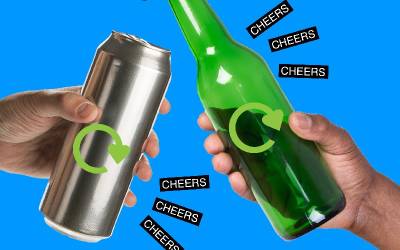Don’t incinerate; decontaminate
Lab Manager Matt Lougher at the London Centre for Nanotechnology saves 3.5 tonnes of CO2 per year through sustainability initiatives.

26 March 2019
I am the manager of a bio-nanotechnology laboratory within the London Centre for Nanotechnology, which is certified to handle clinical samples infected with hazard group 3 (infectious but manageable) viruses. As such, anything brought into our laboratory must be disposed of via high temperature incineration or decontaminated in order to ensure that no contamination is released into the environment.
In order to reduce the amount of waste being sent for incineration, I instructed our researchers to place plastic packaging waste (e.g. pipette tip boxes and some plastic bags, as well as paper and cardboard waste from shipping packets) into the new dedicated recycle bin. When this is full, I manually decontaminate all items using a laboratory strength disinfectant before leaving them to dry and putting them out for collection in a clear plastic sack so they are sent for sorting and recycling as part of the standard UCL waste stream. I have also sourced companies who will arrange for collection of some decontaminated waste, such as pipette tip boxes and gel cool packs, for reuse rather than recycling, further lowering the carbon cost associated with disposing of the waste.
While decontaminating waste prior to removal from a laboratory is not in itself novel, normally this is done by autoclaving which, as well as using a large amount of energy for heating, is not suitable for decontaminating waste that is to be recycled as the high temperatures can damage some plastics to the extent they can no longer be reused or recycled. The approach to manually decontaminating with disinfectant is, therefore, greener in terms of energy use and is less likely to render the waste unsuitable for recycling. The waste can also be processed quicker as it can simply be sprayed and left to dry rather than endure a two hour autoclave cycle before being laid out to dry.
Please contact UCL's Sustainability Labs Advisor Martin Farley to make sustainability improvements to your lab.
 Close
Close




